< >
62 Roman Road (site of The Split Gallery), London
Dora Padfield, Chloe Beddow, Flow Bracey, Gabriella Day, Graham Lister, Jameela Stenheden Gordon-King, Liv Fox, Nancy Pilkington, Purdey Williams, Scarlet Topley, Tanith Mab


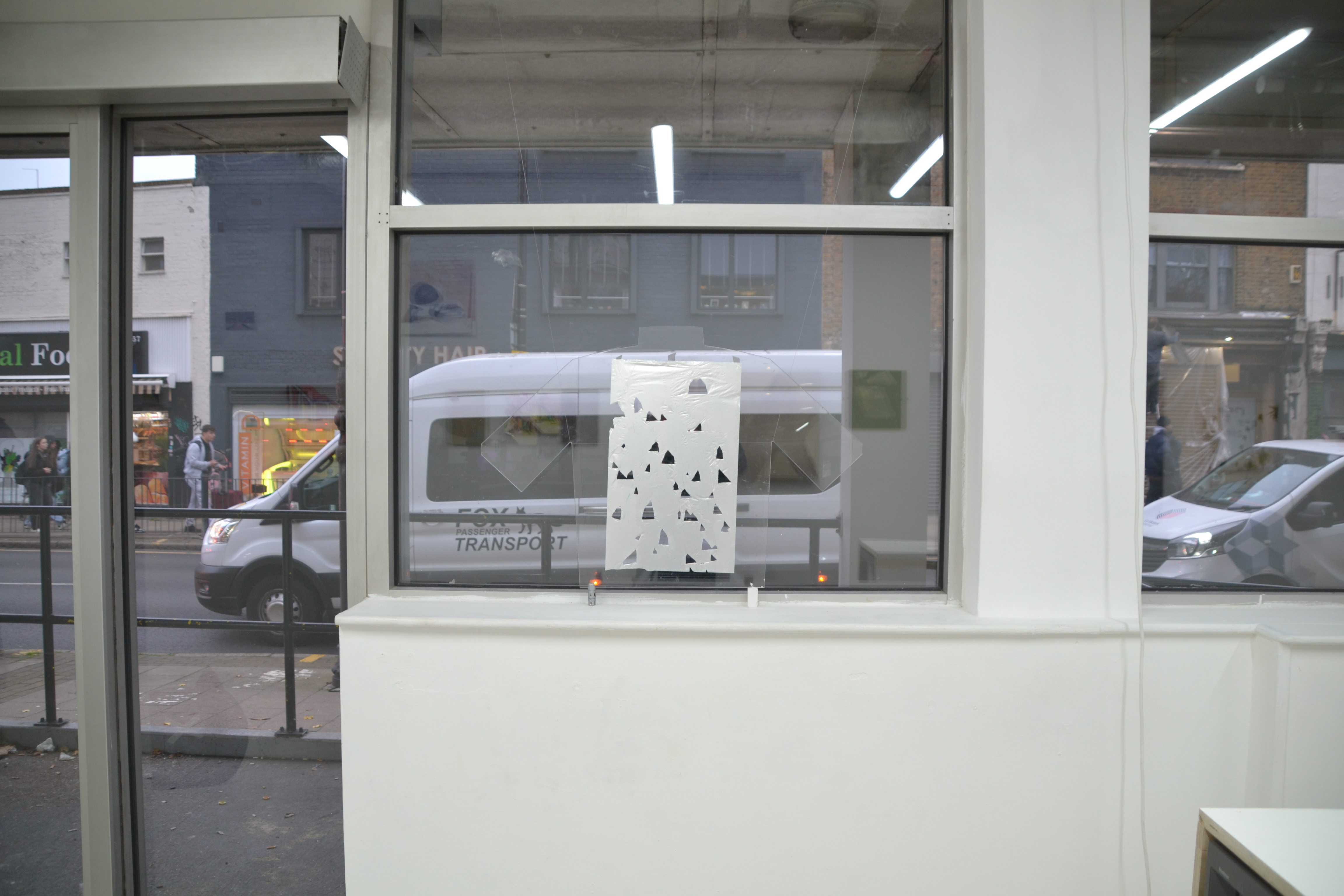
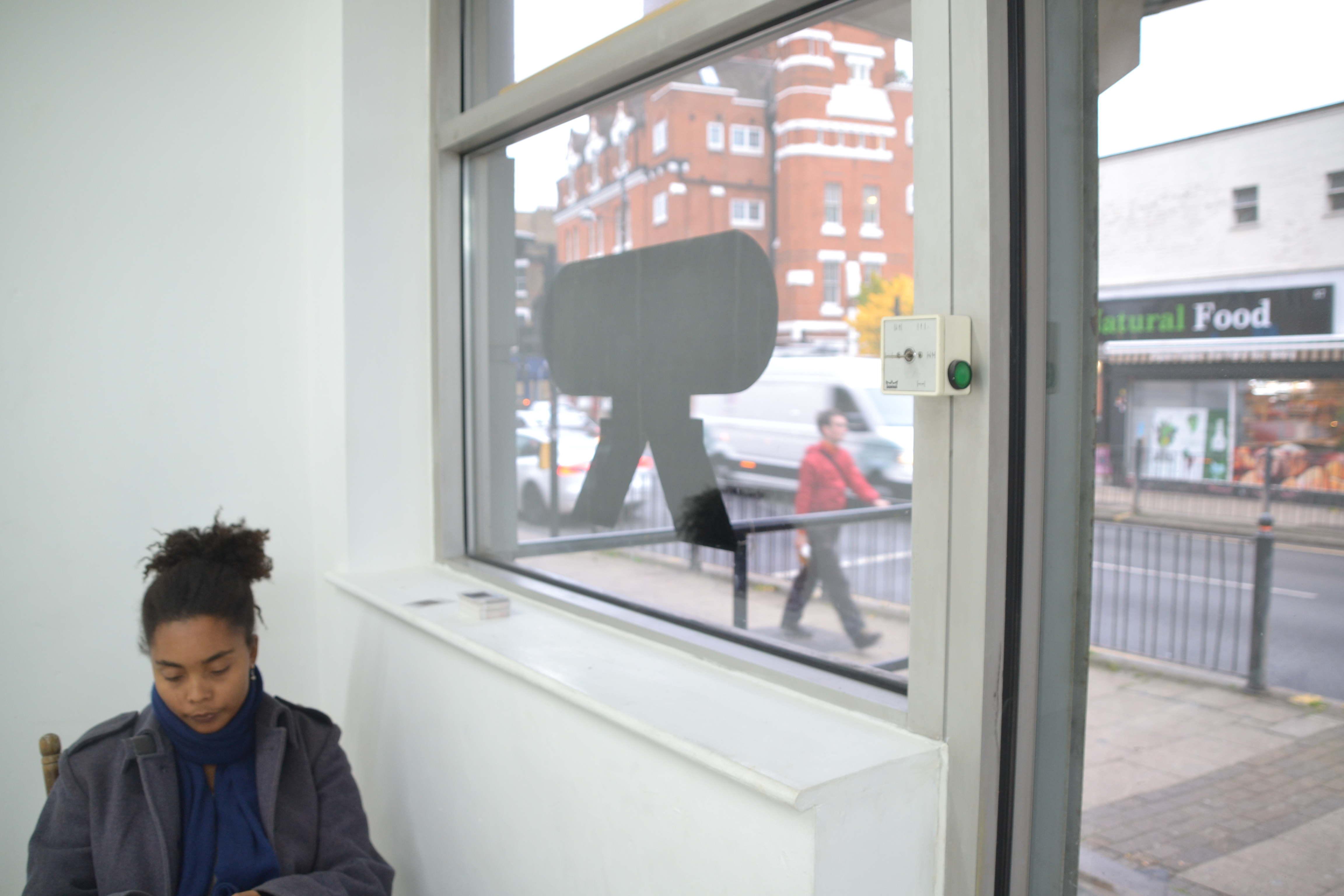

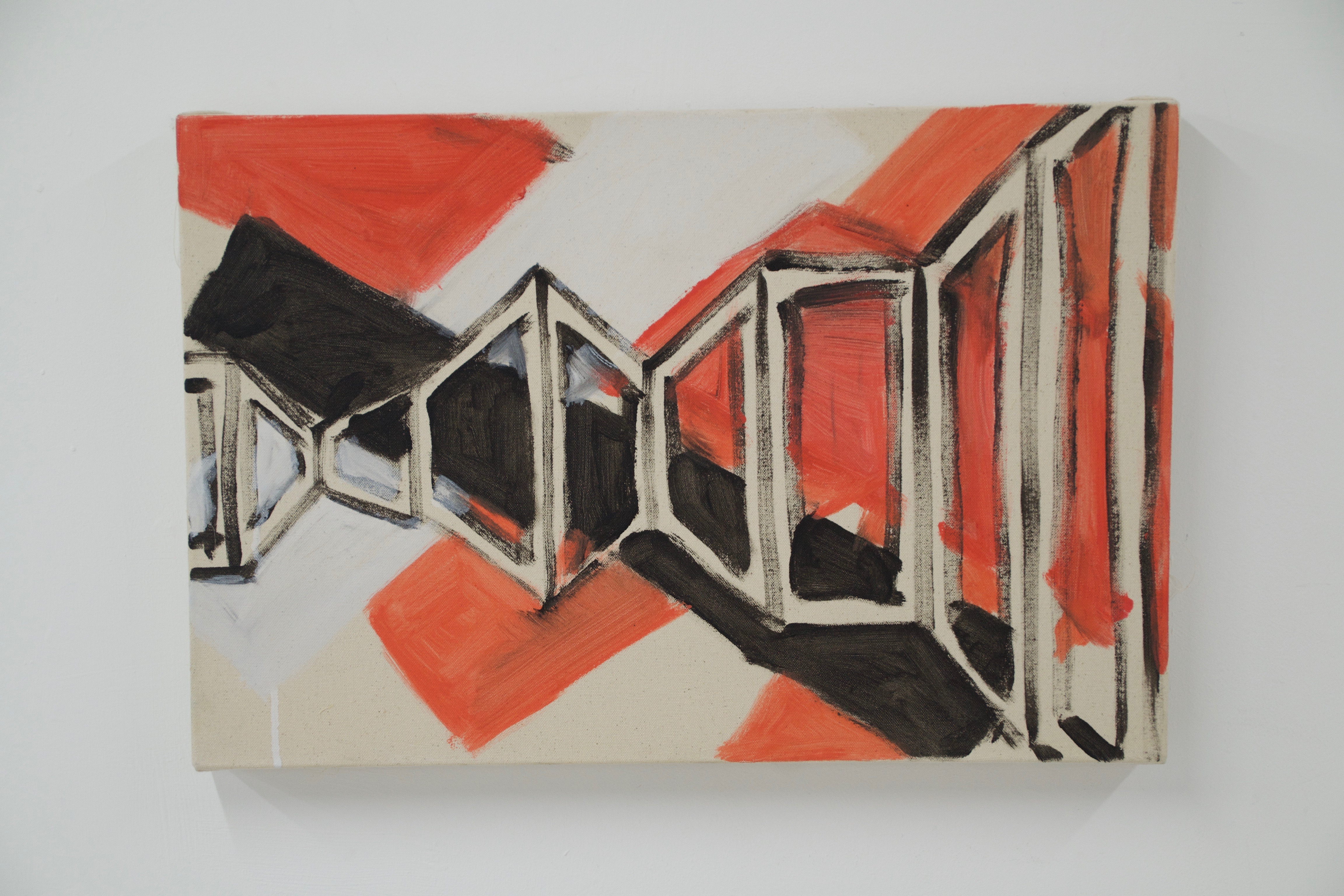
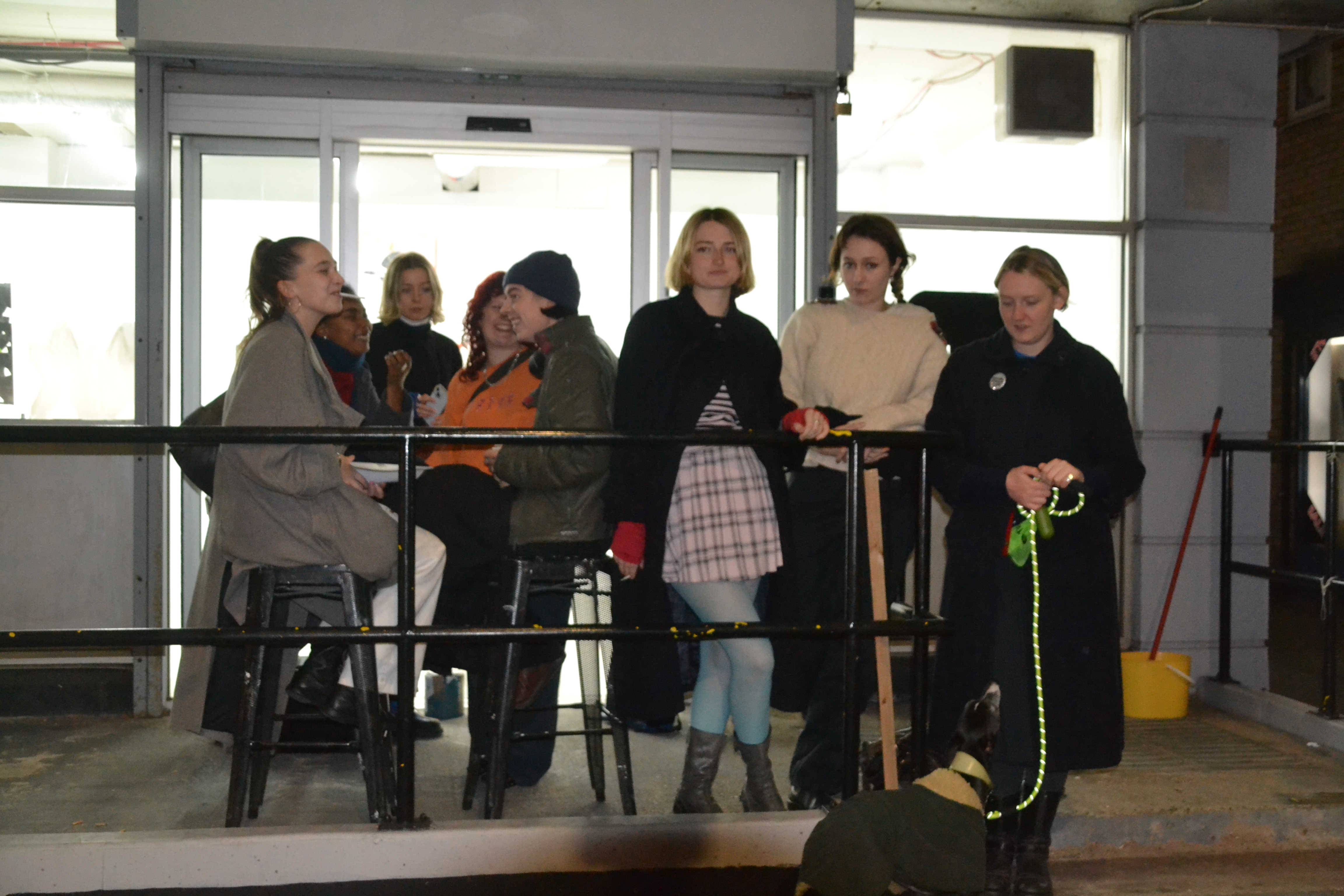
I asked twelve artists to respond to the notion that we don’t currently have language to talk about shape.
Amy Sillman was at Frieze a few years ago and saw a painting by an artist she loves: Prunella Clough. The work was relatievly cheap because Clough’s works seemingly had no market. Sillman theorised that Clough’s underappriation is due to her works being about shape, and we lack the academic or formal vocabulary for talking about shape.
Sillman purchased the painting and invited some people from the Museum of Modern Art to see it, she was subsequently invited by the MoMA to do an Artist’s Choice exhibition, choosing works from the MoMA’s archive which corresponded to an idea she was building about the shape of shape in contemporary art. She then began researching shadow instead, reasoning that shape was too broad a category.
On Monady the 21st of October, 5 of us went to Tate Britain to look at every Prunella Clough print and drawing they had in their archive. Clough was a cartogrpher during the war. Her works had a quality of roughness which was felt like both natural erosion and the industrual manufacture.
On Friday the 25th Amy Sillman gave a talk at UCL where she spoke about curating her recent show in Bern like it was constructing a formal painting. She also showed us how ad hoc and instinctual was the process of gathering works by artits she loves and showing them in a certain way, and how this is like making a thesis.
In Painting Beside Itself (2009), David Joselitt argues that the idea of a singular, original work is less relevant in a contemporary context where artworks are often influenced by and reference one another. He says that painters exist in a network of artists and are part of wider society. In this exhibition are some artists who enjoyed reading Amy Sillman’s writings on shape and some of their friends as well, I suppose you could call it a network.
As this show took shape… I realised that because we don’t have mass culture anymore it’s hard to talk about network painting in the same way Joselit did in 2009. We don’t watch the same stuff and often we don’t even go to the same exhibitions. When people talk about mass culture they are talking about everyone turning on the TV and watching the same thing and then talking about what they watched at school/work the following day. I think parallel to mass culture is this idea that artists formed geographically isolated networks in the past, such as the Bloomsbury Group or Monster Roster in New York, much of it is retrospective.
I think that a new mass culture exists with artists stumbling across the same things and experiencing the same emotions in a way which is not geographically specific. I have kind of artificially created a network of artists some of whom are living in different cities, to explore the ideas raised by Amy Sillman. To be honest I don’t know if everyone invited to be in this show has read all of ‘Faux Pas’ or even the 2020 zine ‘Further Notes on Shape’ because it’s quite dense and I think it was written in a bit of a quarantine mindset, no offence to Sillman obviously but I think in 2020 people had more time to develop ideas slowly over time and this is reflected in all the art from that year.
We all live in the same culture, in a way its more of a mass culture than ever before. Despite being in London and Manchester and Glasgow and living in different conditions we twelve are part of the fabric of all artists who can relate to each other on the universal experience of trying to be an artist in 2024. The shape of that experience is becoming clearer to me the more I reach out to people and do studio visits and organise exhibitions.
the publication was printed by Esmee Portelli at Panopus:
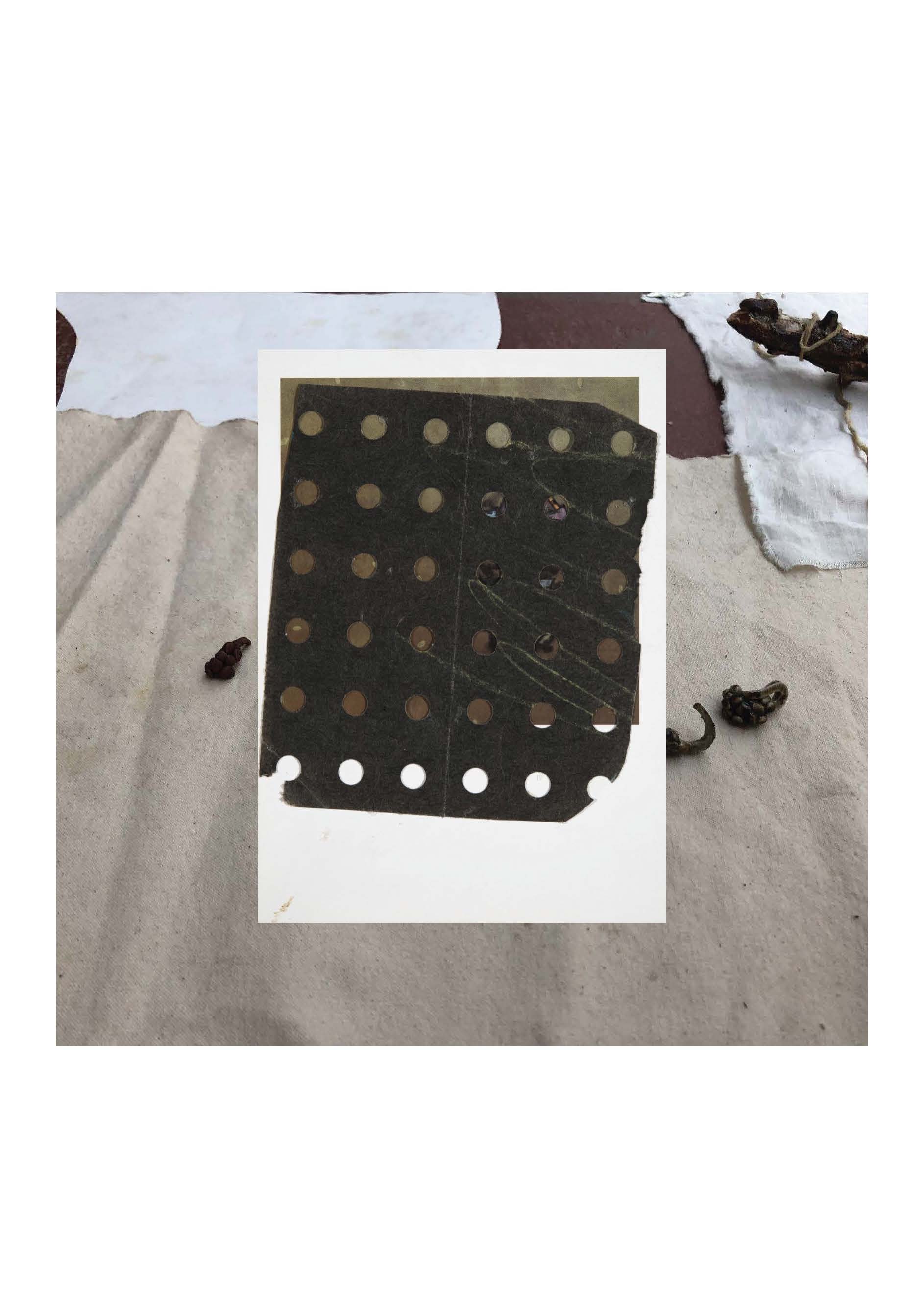


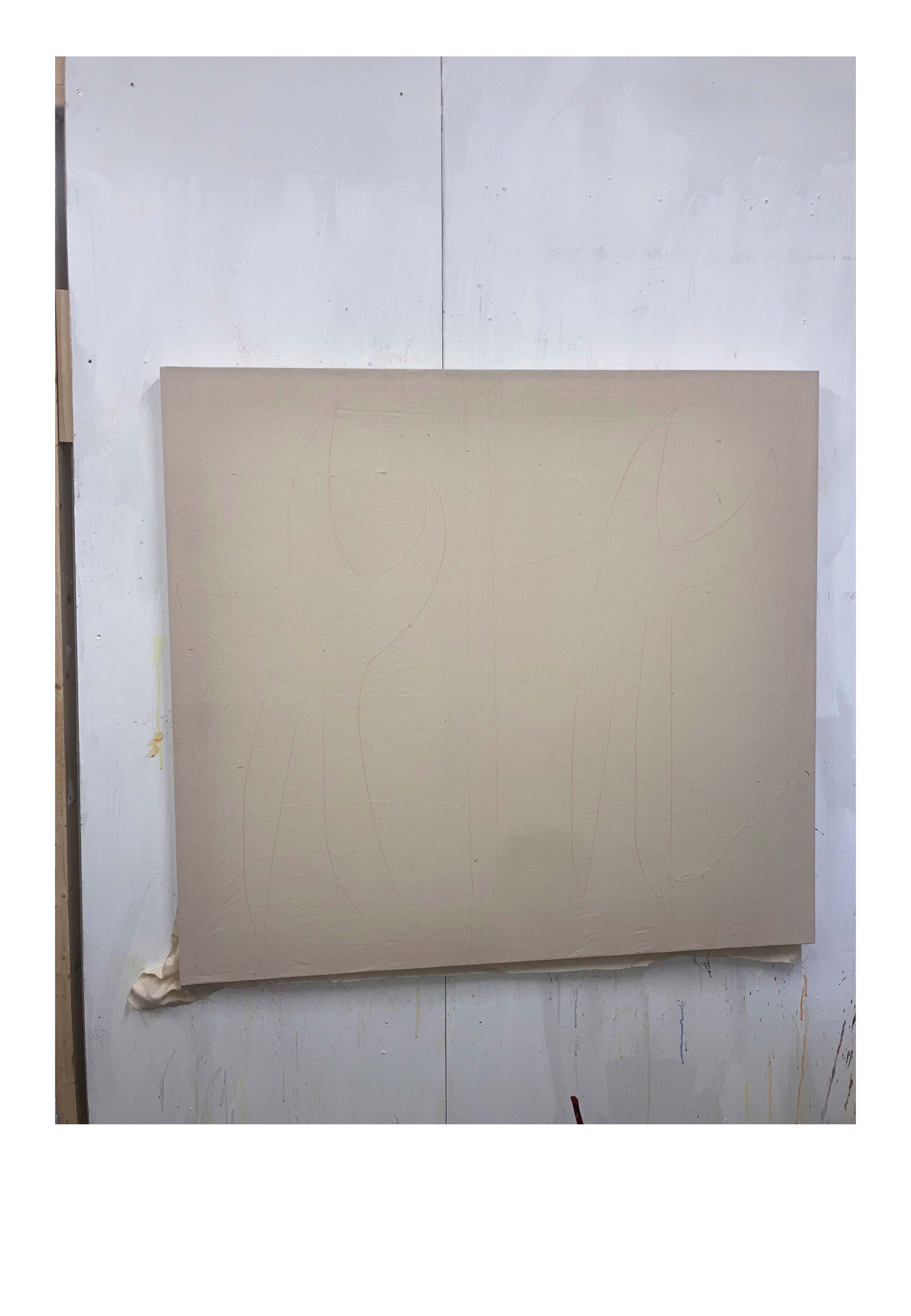



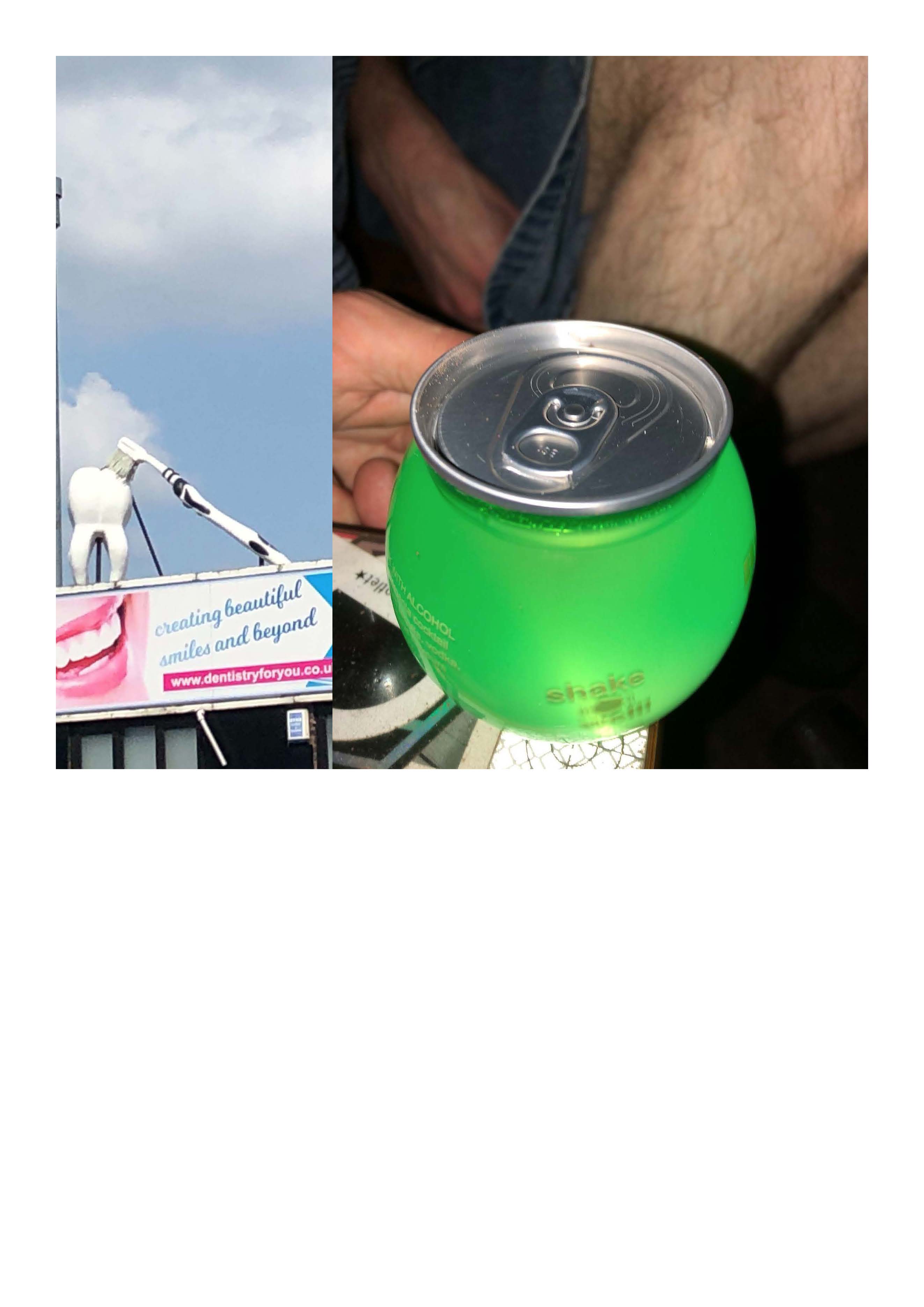


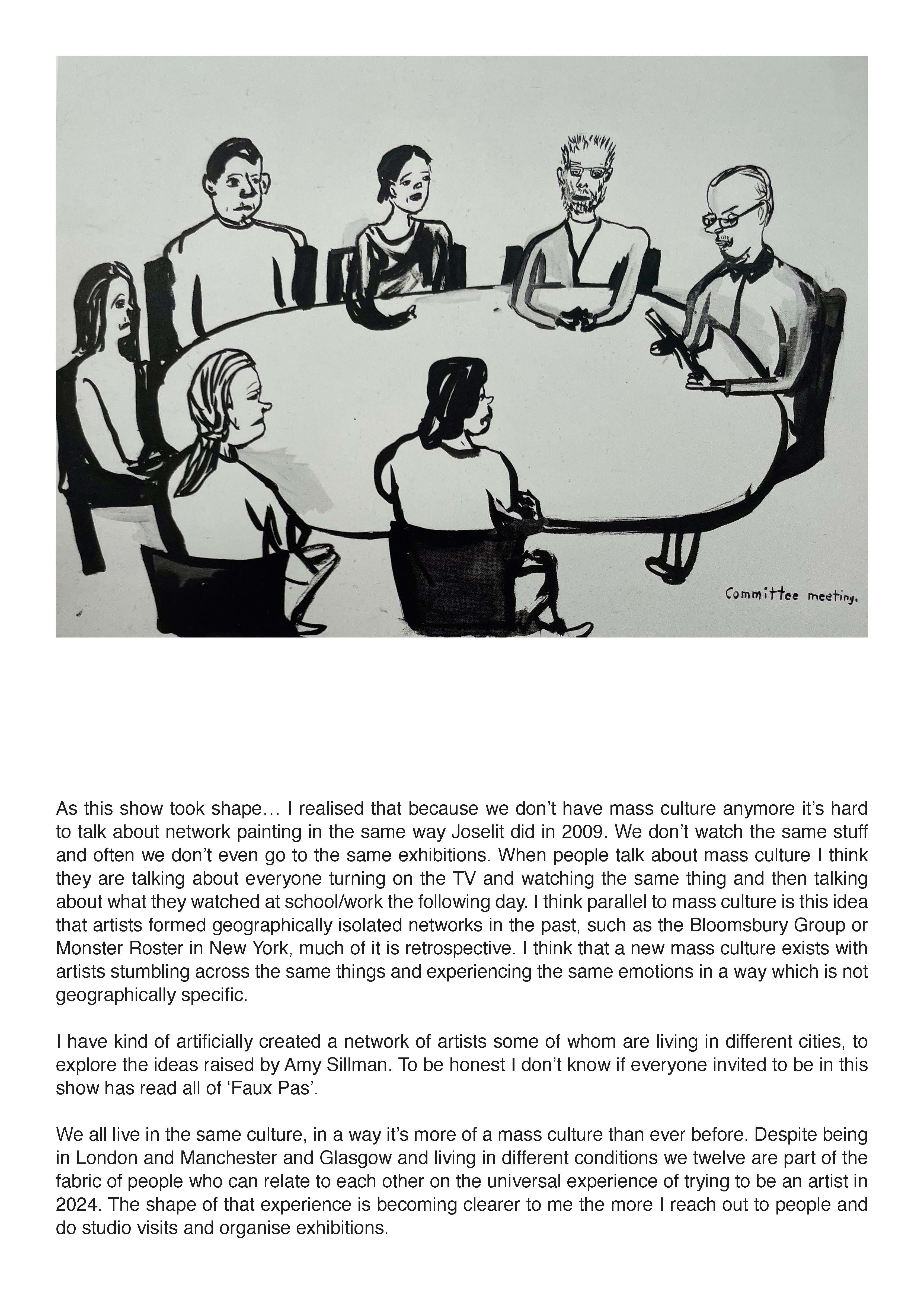

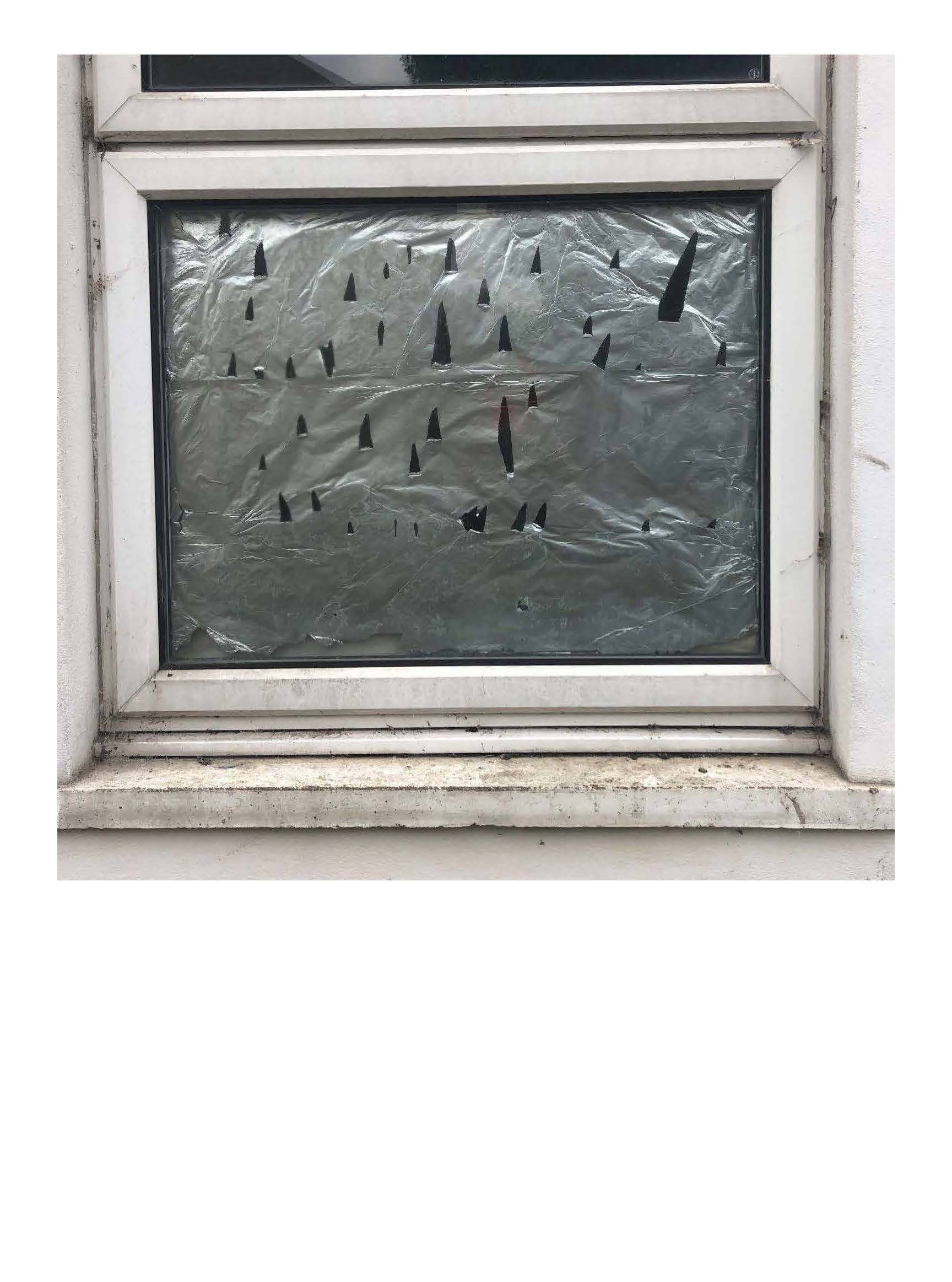
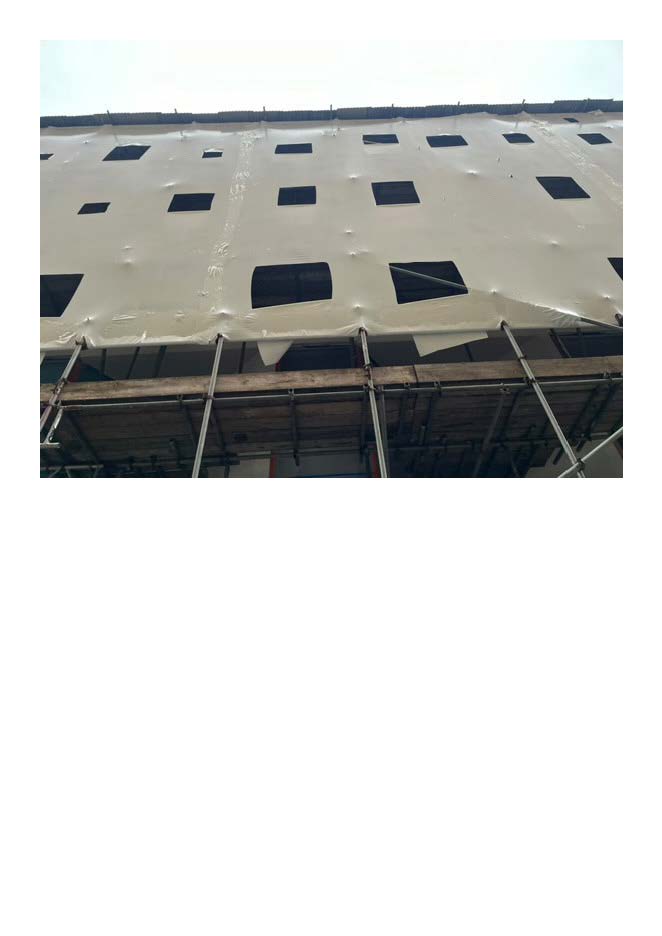
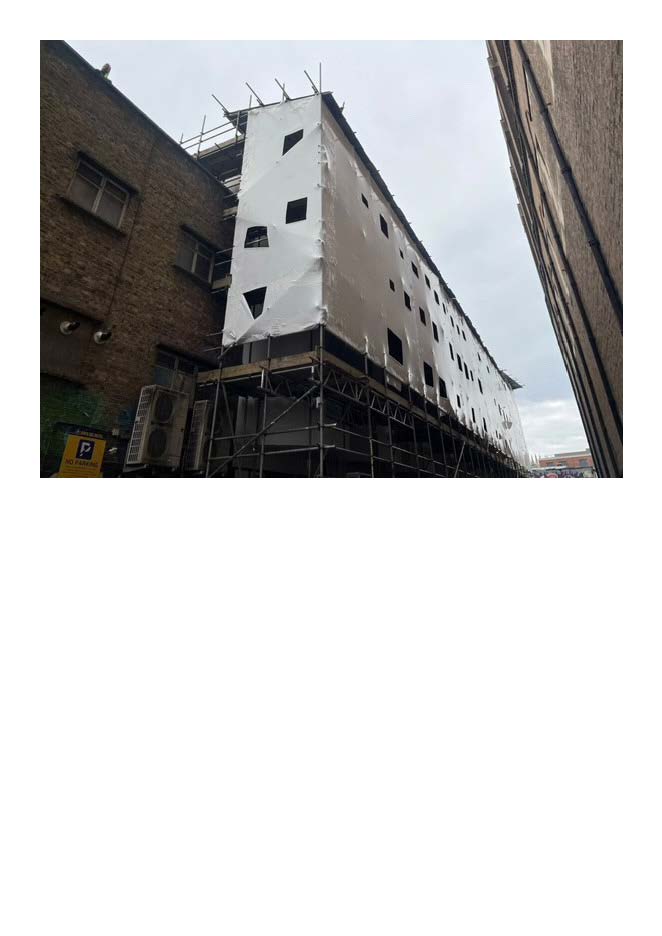
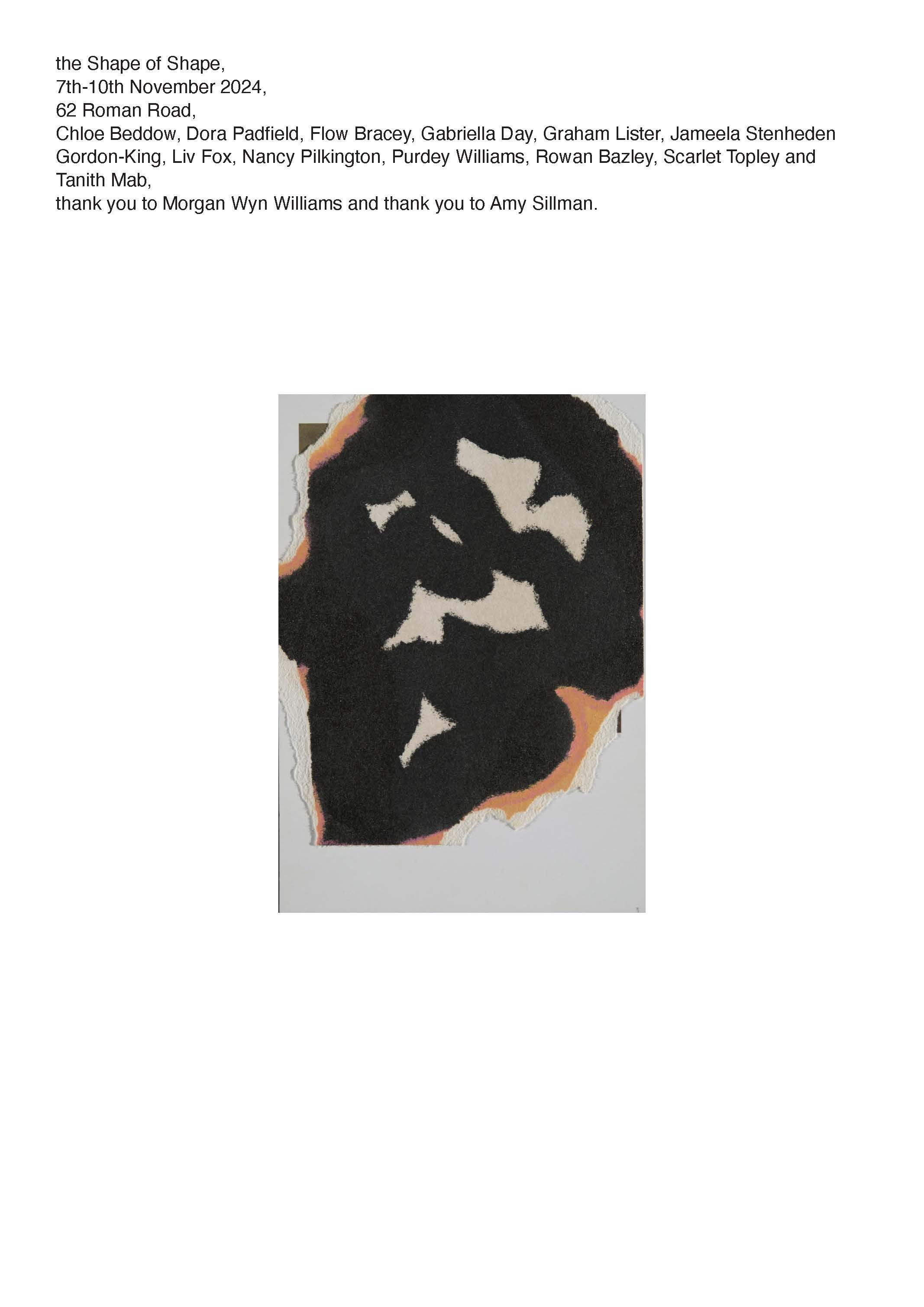
go back